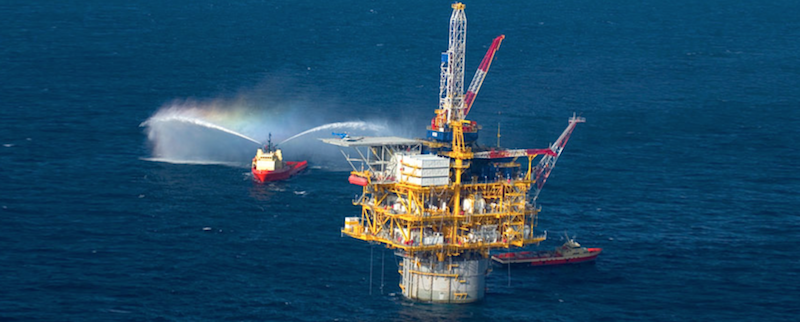On Thursday, the Center for Energy Studies at the Baker Institute at Rice University held a day-long conference on "Global Energy Transitions."
Industry speakers covered current trends in the oil, natural gas, power and energy technology sectors. More importantly, besides highlighting what was influencing current activity, they discussed forces that may change these markets in the future. Offshore oil, especially deepwater, has been a victim of some of those forces, but the sector is slowly recovering. Its importance as a current supply source, but equally as important its role in our future supply, was a topic of focus.
Keynote speaker, Robert Johnstone, CEO of geopolitical consulting firm Eurasia Group, detailed the battle between U.S. shale oil and global deepwater oil. Shale is outpacing all its rivals for upstream capital because it offers lower risk (no dry holes), decent returns (at least 10% return on investment, based on half-cycle economics), and provides a short cycle time from expenditures to cash flow returns. Deepwater is the opposite — high exploration risk, low, zero or even negative returns, and projects may need as much as a decade to return cash to producers. But most studies currently show that there will not be enough new shale oil supplies to meet consumption growth by 2022. So, Johnstone asked, “Why isn’t there more investment in deepwater given the impending supply shortage?”
He said that all the media attention on peak oil demand has made major oil company executives overly cautious in allocating upstream capex. Even though deepwater breakeven costs are down in the $40-$50-bbl. range which helps improve projected profitability, the lack of clarity about long-term future demand has made executives hesitate to invest in deepwater. Not only did Johnstone point to the impending need for increased investment in deepwater if we are to avoid a jump in oil prices, but representatives from the world’s largest oilfield service company, an active midsize global oil producer, and an energy investment banker echoed his outlook.
The latest offshore rig statistics show how the rig count has quietly grown by nearly 10%. While this is welcomed, the additional rig increase of about 40 pales when compared with the rocketing land rig recovery experienced last year. But every recovery begins with a first step. More working rigs will start to pressure producers that are contemplating a return to drilling. That pressure will enable drilling contractors to start inching up day rates. Moreover, every new rig going back to work will need offshore support vessels and other services to operate, a positive for the rest of the business.
While the conference speakers laid out the case for an increase in deepwater drilling, none could or would project a dramatic increase in the near future. They did, however, present solid cases for why a recovery is coming, and possibly sooner than expected.
The fact that the offshore rig count has begun to slowly move higher should provide some confidence for offshore service companies that the worst of this historic downturn is behind them. Having the wind at one’s back is certainly preferable to gale-force winds in the face.




.jpg.small.400x400.jpg)
